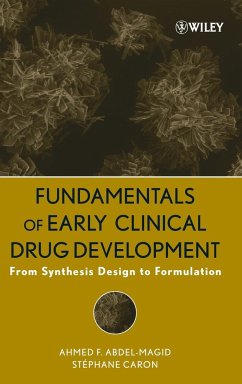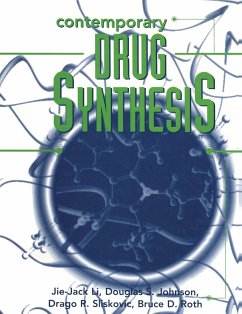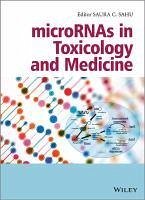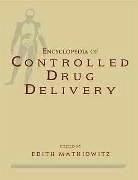
Zebrafish
Methods for Assessing Drug Safety and Toxicity
Herausgeber: McGrath, Patricia
Versandkostenfrei!
Versandfertig in über 4 Wochen
122,99 €
inkl. MwSt.
Weitere Ausgaben:

PAYBACK Punkte
61 °P sammeln!
Discover the benefits of using zebrafish as a model organism to assess compound-induced toxicity Offering a broad range of methods, Zebrafish explains how to assess compound-induced toxicity in all major organs using the zebrafish as a model organism. The authors effectively demonstrate why this vertebrate model offers compelling experimental advantages, including drug delivery directly in the fish water, small quantity of drug required per experiment, statistically significant number of animals per test, and low cost. Moreover, the authors describe how drug assessment can be performed using w...
Discover the benefits of using zebrafish as a model organism to assess compound-induced toxicity Offering a broad range of methods, Zebrafish explains how to assess compound-induced toxicity in all major organs using the zebrafish as a model organism. The authors effectively demonstrate why this vertebrate model offers compelling experimental advantages, including drug delivery directly in the fish water, small quantity of drug required per experiment, statistically significant number of animals per test, and low cost. Moreover, the authors describe how drug assessment can be performed using wild-type, mutant, transgenic, and knock-down zebrafish models. As a practical guide, this text brings together key findings, protocols, and approaches to support an important, rapidly emerging tool in toxicology research, including: * Methods to assess compound-induced toxicity in the heart, liver, kidney, central nervous system, eye, ear, hematopoietic system, as well as on overall development * Chemical-induced disease models and phenocopies designed to identify potential drug candidates * Additional analytical tools adapted for use with zebrafish, including ECG and motion detectors * Improvements in breeding and spawning that facilitate industrial-scale screening Zebrafish also examines such recent developments as the use of zebrafish to assess the safety of nanoparticles. In addition, a chapter is dedicated to compound screening for emerging cell-based therapies due to the zebrafish's unusual ability to regenerate tissue and organs. The zebrafish model organism is increasingly used to assess compound toxicity, safety, and efficacy, with numerous studies confirming that mammalian and zebrafish toxicity profiles are strikingly similar. As the first single reference to comprehensively review toxicity testing using zebrafish, the text is indispensable for anyone interested in taking full advantage of this highly effective and promising model organism.













